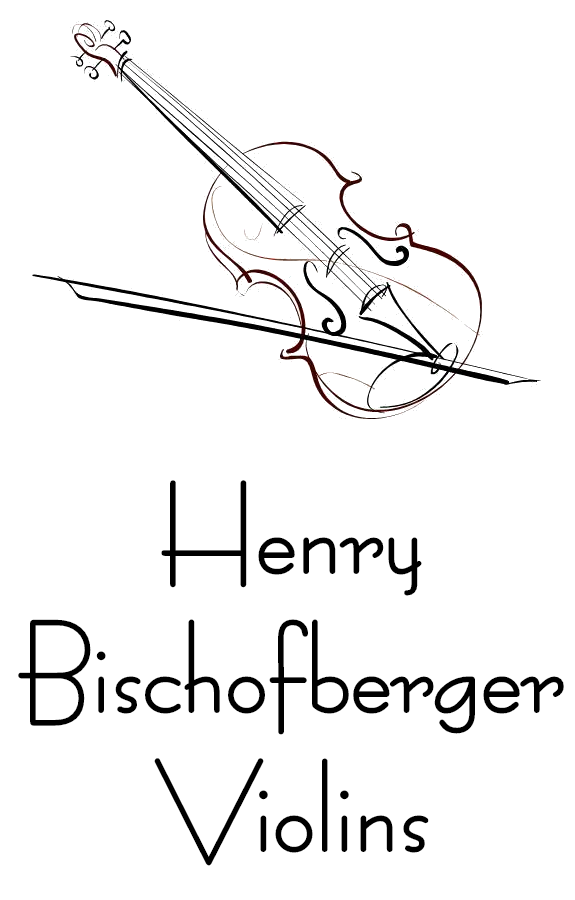Have you got a question you would like answered here? Email Henry your question!
What is Rosin made of?
Rosin is made from resin collected from pine trees. Rosin is applied to the hair of the bow to act as a gripping agent which causes the strings on the instrument to vibrate, thus producing sound. There are many brands of rosin available varying only slightly from the basic formula for making this product.
Why do you loosen the bow hairs but not the instrument strings when you put your instrument away in its case?
Historically we loosen the bow hairs. The strings on the instrument, however, should remain tightened. If the strings are left loose, the sound post and bridge can fall down. If your strings become loose, slowly tighten them up to pitch to keep the bridge from falling over.
Why is the Frog called the Frog?
The part of the bow that holds the hair and is gripped in the hand is called the “frog.” No one seems to know for sure where the term came from, but this explanation seems the most likely: The term ‘frog’ is almost certainly a corruption of ‘frock’, the term used by luthiers for the small vice in which a frog is shaped and fashioned. Just as the vice gripped the ebony, ivory or whatever material the luthier was using at the time, so the ‘frog’ provides purchase, or grip, from the player (though,of course, that grip should not be vice-like but light and responsive).
How often should my strings be changed?
Changing your strings depends on how much you use them and wear them out. So if you practice for about 3-4 hours a day, you should probably change them every 6-12 months. If you practice less than an hour or so per day, you could change them every 12-24 months. If your strings are fraying, unraveling, or bumpy they should be changed. There is no need to change the whole set at once.
I bought this Violin online. Can you fix it?
Buying an instrument without taking it to your teacher or luthier first is not a good idea. Most instruments for sale online sell for a very low price which is tempting for a family on a budget. Teachers refer to these instruments as “VSO’s” or “Violin Shaped Objects.” Customers say the instrument needs a lower bridge. Usually what it needs are new pegs, new fingerboard, new bridge cut and fit, and the list goes on. Hundreds of dollars are spent trying to make the instrument work. Even if all this work is done, the resale value of the instrument doesn’t change, and the instrument still does not work. It is still only worth the $50-$100 you originally paid for it.
